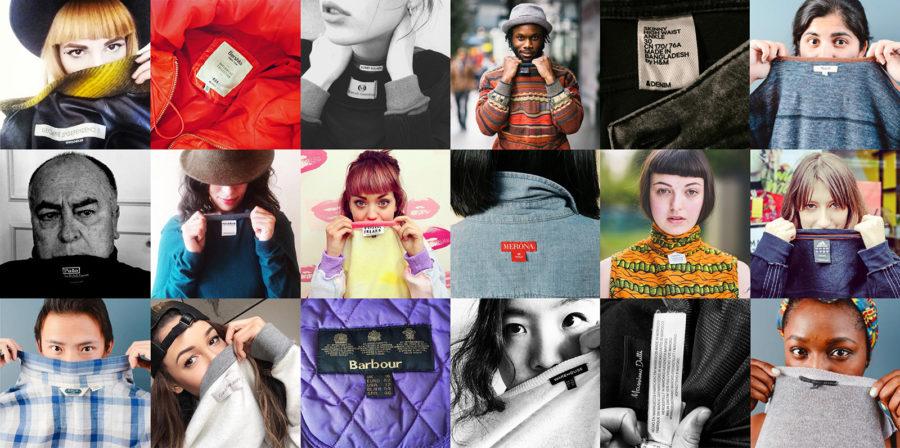On April 24, 2013, 1,134 people were killed and over 2,500 were injured when a garment factory, called Rana Plaza, collapsed in Bangladesh, India.
This tragedy brought to light some very important and urgent issues in the fashion industry that needed to be addressed. Fast fashion was pushing the industry to produce clothing as quick and as cheap as possible, forcing the garment factories to cut corners on safety and human rights.
Although the collapse brought awareness to the industry, has anything really changed since then?
Unfortunately, the answer is not really.
Because fast fashion is such a huge force, it’s hard to take down. In order to sell so many clothes at such a low price, big fast fashion companies have no choice but to outsource their production to inexpensive factories where the labor cost is cheap.
Some people in the fashion industry decided to take a stand. On April 24, 2016, the third year anniversary since Rana Plaza collapsed, the hashtag #whomademyclothes began to be tagged on Instagram and Twitter, calling out companies and asking them where their clothes and fibers were produced. Brands are now feeling the pressure from consumers to be transparent about their sourcing right now, and this hashtag starts the conversation.
Thanks to social media, we don’t have to be silent.
We can ask brands about where they source their labor and materials. Fashionrevolution.org makes it easy. They give you a template to tweet at the company of your choosing and help you ask them who makes their clothing. You can also be apart of the revolution by turning your clothes inside out, so that the label can be seen, taking a picture, and tagging #whomademyclothes as well as the brand on Instagram.
The consumers are the ones in control. If we all demanded that brands source their labor and material responsibly, the problem would be solved. This problem is fixable, and it’s our job to fix it.
Join the revolution. Be curious. Show your label. Ask brands, “who made my clothes?”






